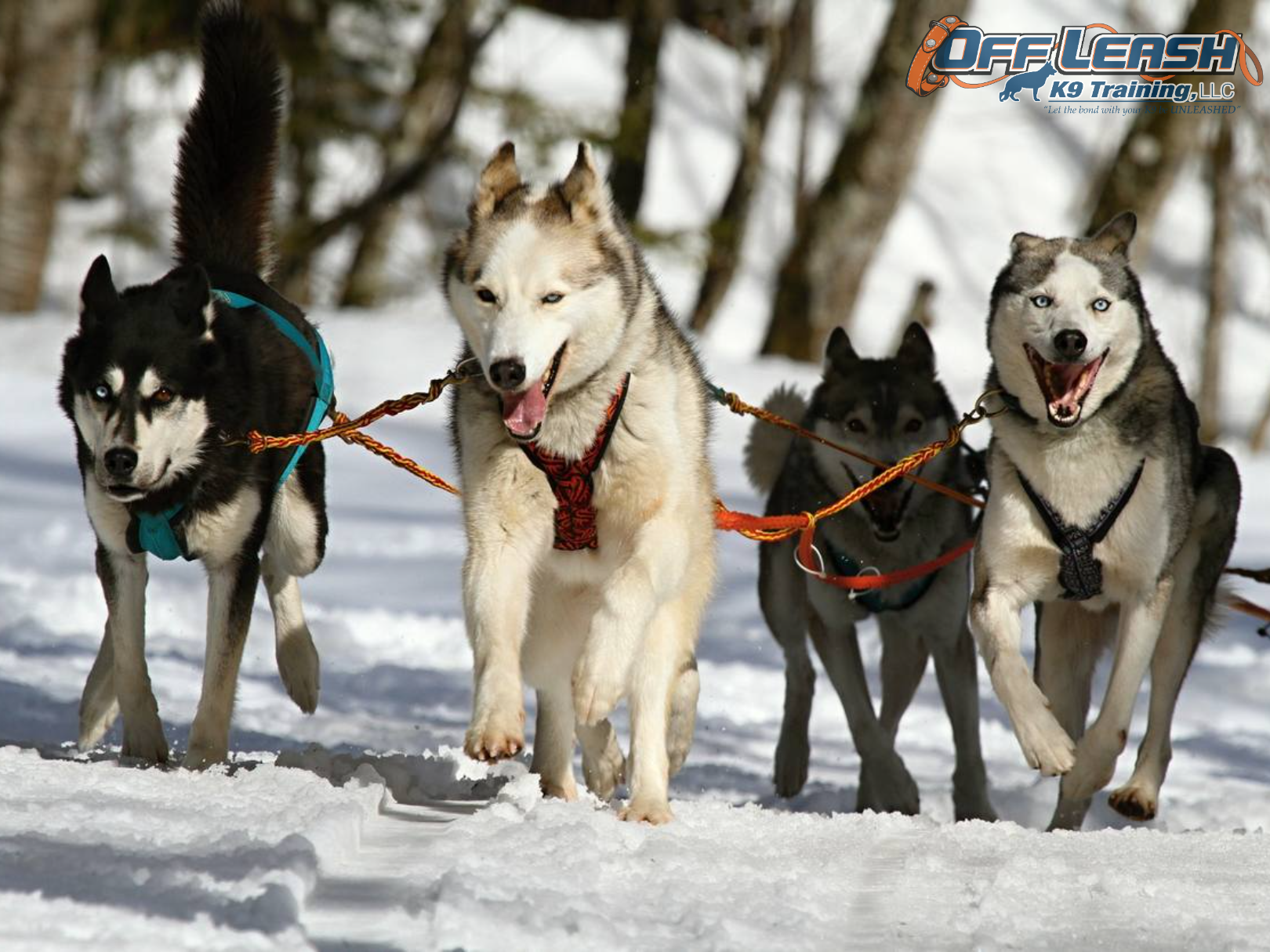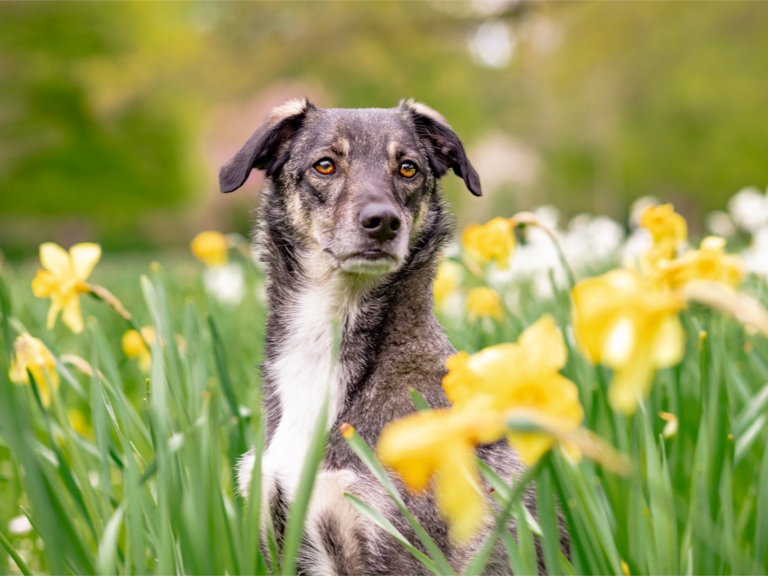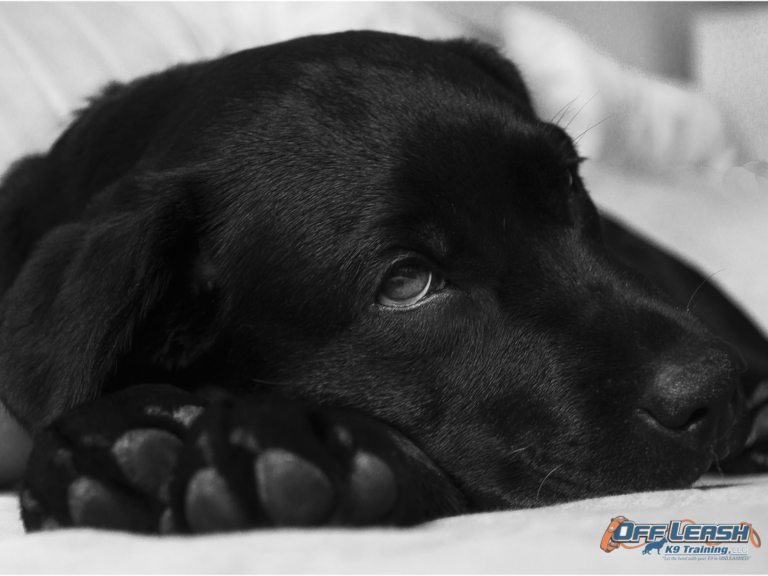Celebrating the Iditarod: Alaskas Timeless Tribute to Tradition
The Iditarod: A Symbol of Alaskan Identity explores the historical significance of the Iditarod Trail, its connection to Alaska Native culture, and its role as a global phenomenon, showcasing the enduring spirit of adventure and resilience in the last frontier.
Introduction to the Iditarod Trail
The origins of the Iditarod Trail are steeped in the rich tapestry of Alaska’s history, serving as a lifeline that connected remote settlements during the frenetic gold rush era. This extensive network of routes was crucial for the transportation of mail and supplies, enabling isolated communities to thrive despite the harsh conditions of the Alaskan wilderness. Beyond its practical applications, the trail became a symbol of resilience and perseverance, particularly during the 1925 Serum Run to Nome. This dramatic episode saw a relay of mushers and their sled dogs traverse the frozen landscape to deliver diphtheria antitoxin to the beleaguered residents of Nome, averting a potential public health disaster. The bravery and determination displayed during this event have become legendary, cementing the significance of the Iditarod Trail and sled dogs in the collective memory of Alaska.
The inception of the Iditarod Trail Sled Dog Race in 1973 marked a pivotal moment in the renaissance of dog sledding, an activity deeply ingrained in the cultural heritage of Alaska. The race was conceived as a tribute to the indomitable spirit of the sled dogs and mushers of the 1925 Serum Run, celebrating their historic contribution to the state. Since then, the annual race has evolved into a multifaceted event that draws participants and spectators from around the globe, eager to witness the enduring legacy of Alaska’s sled dog culture. The Iditarod not only commemorates a pivotal chapter in Alaskan history but also continues to foster a deep connection between the people of Alaska and their storied past. By participating in or following the race, individuals from all walks of life can engage with an authentic piece of Alaskan tradition, bringing the remarkable narrative of the Iditarod Trail into the present day.
Historical Significance of the Iditarod Trail

As the trail evolved, it became a symbol of connection and resilience, linking remote communities across Alaska’s vast expanses. The Iditarod Trail’s transformation into a national historic trail serves to honor not only the indigenous cultures that first carved out these paths but also the mushers of the 1925 Serum Run to Nome, who demonstrated extraordinary bravery and determination. This pivotal event, where sled dogs and mushers transported diphtheria antitoxin across nearly 700 miles of icy wilderness to save the isolated city of Nome from an epidemic, is commemorated by the modern Iditarod Race. Through this race, the trail’s legacy as a testament to human and canine endurance, cooperation, and the indomitable spirit of the Alaskan people is celebrated, preserving the rich history and contributions of both the state’s early settlers and its indigenous communities. The trail, thus, stands as a monument to Alaska’s past, embodying the stories of those who traversed its length, their challenges, and their triumphs, woven into the very fabric of what it means to be Alaskan.
Alaska Native Culture and the Iditarod
The bond between Alaska Native communities and sled dogs is woven deeply into the fabric of life in Alaska, where these animals have been indispensable companions for millennia. Serving not just as pets, sled dogs have been central to transportation, hunting, and communication across the expansive and challenging Alaskan landscape. This symbiotic relationship highlights the profound respect and reverence Alaska Natives hold for these animals, viewing them as integral members of their communities and culture. The Iditarod Race, in its essence, is a celebration of this enduring partnership, providing a global stage to honor the traditions and skills passed down through generations. It encapsulates the spirit of cooperation, resilience, and mutual respect between humans and dogs, showcasing the cultural heritage of Alaska Native communities to the world.
Furthermore, the Iditarod acts as a vibrant conduit for the preservation and dissemination of Alaska Native cultures. It offers an opportunity for elders to share stories and wisdom with younger generations, ensuring that the rich tapestry of Alaska Native heritage continues to thrive. Through the Iditarod, aspects of traditional life such as dog mushing, which is much more than a means of transportation but a way of life, are highlighted and celebrated. This race, therefore, stands as a testament to the resilience, adaptability, and deep cultural significance of dog mushing within Alaska Native communities, bridging the past with the present and future.
The Iditarod Today: A Symbol of Alaskan Identity
In contemporary times, the Iditarod Trail Sled Dog Race stands as a testament to Alaskan spirit and identity, bridging past traditions with present-day challenges and achievements. This iconic event not only showcases the rugged beauty of Alaska’s landscape but also highlights the enduring bond between mushers and their sled dogs, demonstrating unparalleled teamwork and perseverance. The diversity among participants, from seasoned veterans to enthusiastic rookies, mirrors the broad spectrum of cultures and backgrounds that make up the fabric of Alaska. Technological advancements in gear and communications have significantly improved the safety of both human and canine athletes, ensuring that this enduring symbol of Alaskan heritage continues to evolve without losing its core essence.
The global allure of the Iditarod is undeniable, drawing visitors from across the globe to witness the harmony of human and nature in one of the world’s most extreme environments. Beyond the race itself, the Iditarod serves as a platform for cultural exchange and education, offering a window into the rich history and resilient spirit of Alaska’s people. Through community events, educational programs, and worldwide media coverage, the Iditarod celebrates not just the physical endurance required to complete the race, but the shared values of determination, respect for the natural world, and the deep bonds forged in adversity. This international attention further solidifies the Iditarod’s role in promoting and preserving the unique cultural identity of Alaska, making it a symbol of pride and unity for Alaskans and a source of fascination and inspiration for those from afar.
Educational and Cultural Significance
The Iditarod Race transcends mere competition to become a living classroom, steeped in the rich tapestry of Alaskan history and culture. It invites participants and spectators to delve into the heart of Alaska, offering lessons on the state’s diverse geography, the enduring legacy of sled dog teams, and the profound bond between mushers and their dogs. This immersive educational experience is enhanced by the myriad of cultural events that orbit the race, such as the vibrant Ceremonial Start in Anchorage and the Musher’s Banquet. These gatherings are not just celebratory markers of the race’s beginning and end but also vibrant platforms for community interaction and cultural exchange. They serve as windows into the soul of Alaska, showcasing the state’s traditions, values, and the indomitable spirit of its people.
Moreover, the Iditarod’s educational impact extends far beyond the snowy trails and the roar of the excited crowds. Educational institutions and museums across the state, and indeed around the world, harness the narrative of the Iditarod to foster a deeper understanding of Alaskan identity. Teachers incorporate the race into their curriculums, using it as a backdrop to teach geography, history, and science, thereby bringing the exhilarating Iditarod experience into classrooms. Museums, on the other hand, curate exhibits dedicated to the Iditarod, allowing visitors to explore the race’s historical roots, its significance to Alaskan culture, and the legendary tales of mushers and their sled dogs. These educational endeavors underscore the Iditarod’s role in preserving and promoting the cultural heritage of Alaska, making it a significant event not just for those on the trail, but for anyone keen to learn about this unique aspect of American history.
Preserving Sled Dog Culture

Moreover, the Iditarod’s commitment to sled dog culture extends beyond the race itself. Organizations dedicated to sled dog welfare and advocacy work closely with race organizers, creating a community focused on responsible dog care and ethical racing practices. This collaborative effort has established a model for how humans and animals can work together in challenging environments, showcasing the incredible bond between mushers and their teams. Through educational initiatives and community engagement, the Iditarod not only preserves the rich heritage of sled dog culture but also provides a platform for sharing these traditions with the world.
Conclusion: Celebrating Alaskan Heritage through the Iditarod

In today’s world, where technology often distances us from nature and each other, the Iditarod serves as a compelling reminder of the power of partnership, perseverance, and respect for the environment. It’s a testament to what can be achieved when we work closely with our canine companions, understanding and harnessing their incredible abilities and instincts. Off Leash K9 Training of Corpus Christi embodies this spirit by offering specialized training programs that strengthen the bond between dogs and their owners. Through balanced training and effective communication techniques, they help dog owners build a relationship with their pets that mirrors the partnership between mushers and sled dogs in the Iditarod. By visiting Off Leash K9 Training of Corpus Christi, you can explore how to enhance your relationship with your dog, ensuring mutual respect, understanding, and an unbreakable bond, just as the Iditarod celebrates and perpetuates the invaluable legacy of sled dog culture in Alaska.








